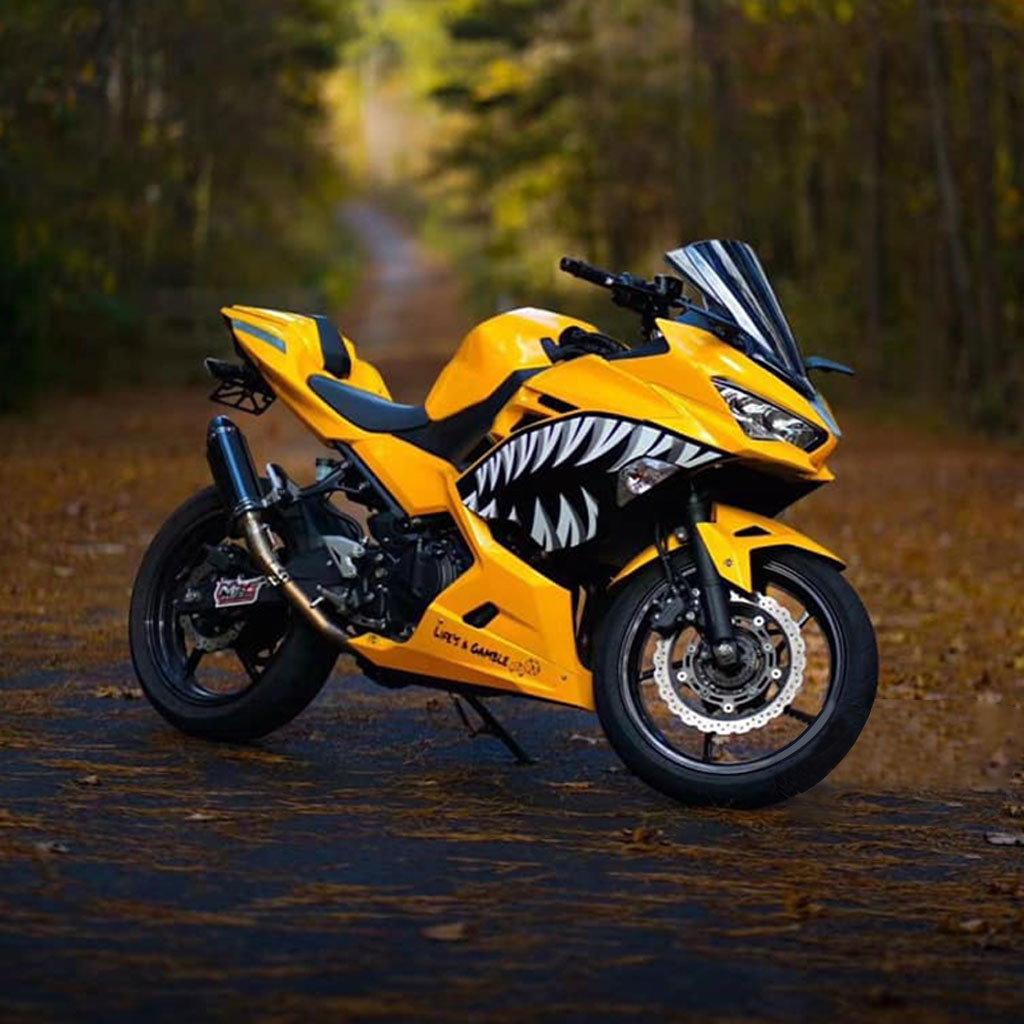Top 10 Tips to Enhance Your Motorcycle Riding Skills in 2025
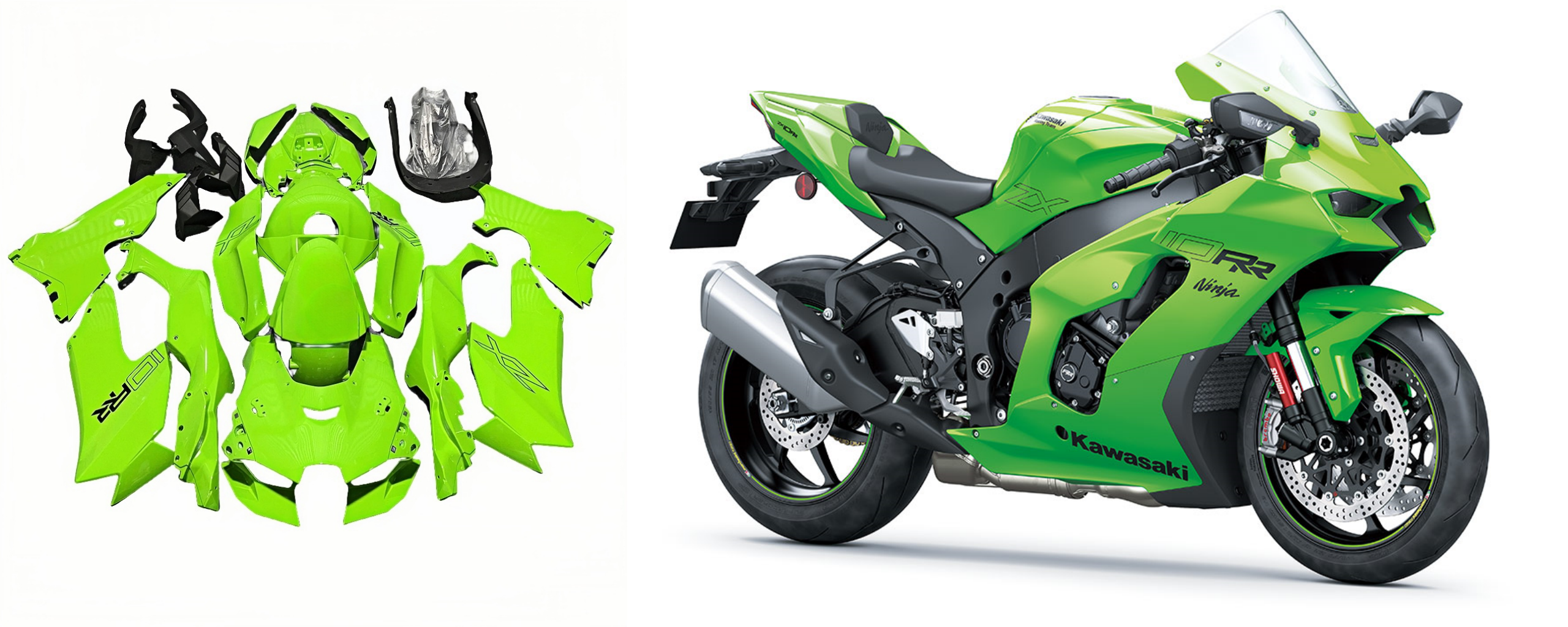
Riding a motorcycle is not just for fun; it’s also about being safe and confident every time you ride. Improving your riding skills helps you enjoy the road and avoid danger. Motorcycle accidents have gone up in recent years, with over 6,200 people dying in crashes in 2022. Riders face special risks, but learning key riding skills can make a significant difference. These tips will get you ready for today’s road challenges.
Key Takeaways
Work on riding slowly to get better balance and control. Try drills in parking lots to learn sharp turns and figure-eights.
Use gradual braking to stop smoothly. This helps you stay in control and avoid sliding.
Watch for changes in the road. Look out for dangers like loose gravel or wet spots to stay safe.
Master Slow-Speed Riding Skills
Practice balance and throttle control
Learning slow-speed riding is a key skill for better motorcycle control. At low speeds, bikes act differently and need careful balance. Work on using the throttle smoothly and managing the clutch well. These methods keep your bike steady and stop sudden movements that might make you lose balance.
When braking, use 70% front brake and 30% rear brake for normal stops. This mix helps you stop safely while staying stable. Practicing these skills builds confidence and prepares you for tough road situations.
Turning corners also needs good throttle control. Learn how to handle the start, middle, and end of a turn. This gives you smoother control and easier transitions. Adjust your body position and use the throttle gradually to make cornering safer and more fun.
Use parking lot drills for tight turns and figure-eights
To get better at slow-speed riding, try parking lot drills. Find an empty space and use painted lines to practice turning. Start with big circles and make them smaller as you improve. This helps you learn how to handle tight turns.
Practice linking left and right turns smoothly. This makes your bike easier to move between maneuvers. Doing figure-eights is also great for improving control and accuracy. These drills make your riding sharper and prepare you for tight turns in real life.
Tip: Spend 15–20 minutes each week on parking lot drills. Regular practice will help you handle your bike better at slow speeds.
Perfect Your Braking Techniques
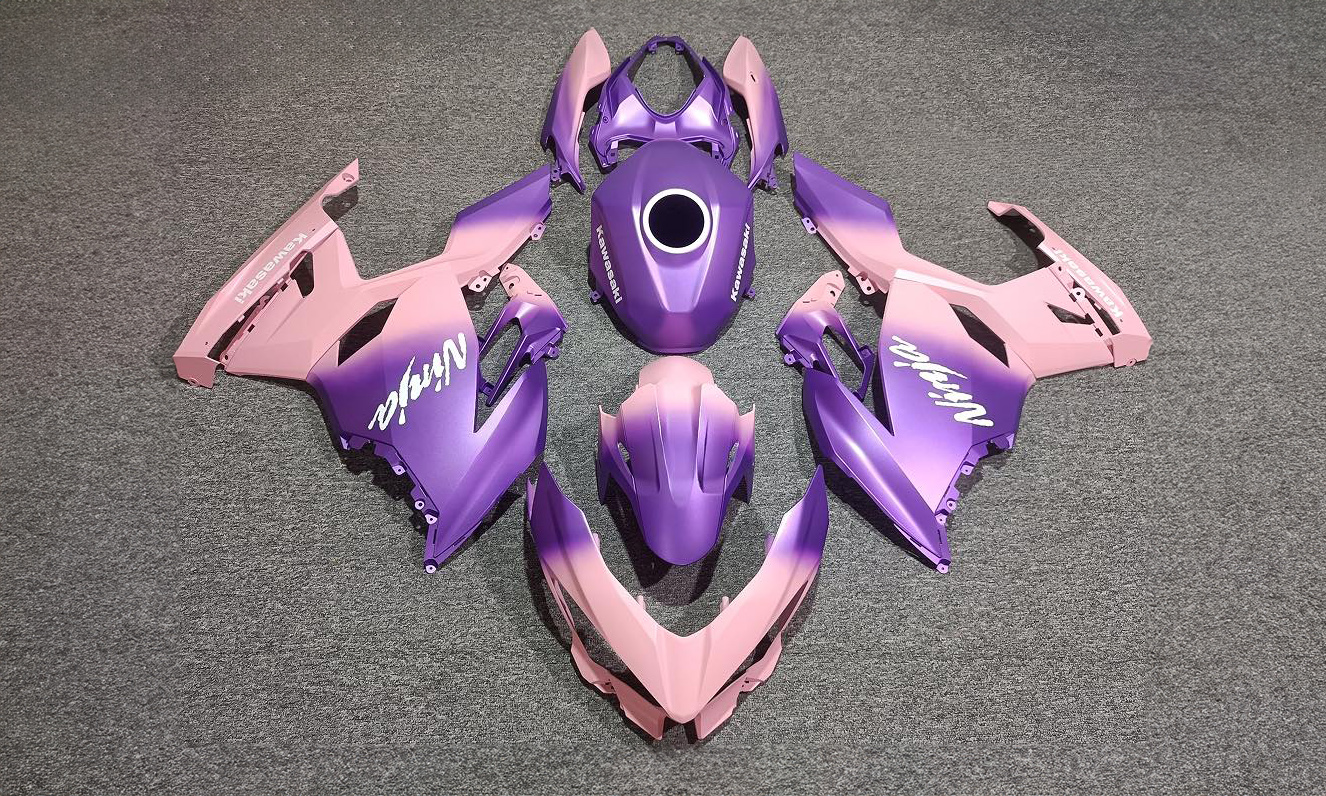
Learn progressive braking for smoother stops
Progressive braking is a very important motorcycle skill. It means pressing the brakes slowly, not suddenly. This way, you stay in control and keep your motorcycle steady. When you brake gently, the bike’s weight shifts smoothly. This lowers the chance of skidding or falling.
Why is progressive braking important?
Slow braking keeps your bike steady on slippery roads.
Smooth stops make riding safer and more comfortable.
It helps you stay in control during tough situations.
Did you know? Using ABS (Anti-lock Braking System) with progressive braking shortens stopping time. It also helps riders stop safely without retrying.
To practice, start braking softly and press harder as you slow down. Try this in an empty parking lot or quiet road. Over time, you’ll stop more smoothly and handle your bike better.
Practice emergency braking in safe environments
Emergency braking is a must-know skill for every rider. It’s what you use when something unexpected happens, like a car cutting you off. The trick is to press both brakes firmly but carefully. This keeps your bike steady and helps you stop fast without falling.
Find a safe spot, like an empty parking lot, to practice. Ride at a medium speed and pretend to stop suddenly. Focus on pressing the front brake hard while using the rear brake lightly. Keep practicing until you feel ready for real surprises.
Emergency braking isn’t just about stopping quickly. It’s about staying safe. With practice, you’ll react faster and stay calm in emergencies.
Tip: Look where you want to go, not at the danger. This helps you stay in control and avoid crashing during sudden stops.
Enhance Cornering and Stability
Slow down before corners
Turning on a motorcycle is fun but can be risky. Many riders lose control in corners. To stay safe, slow down before entering a turn. Reducing speed early keeps your bike steady and stops it from wobbling. Going too fast into a corner can make your bike harder to control.
Newer motorcycles have systems that use sensors to help with turning. These systems work best when you approach at a safe speed. Slowing down gives you more time to steer and lean properly. This small change improves your riding and keeps you safer.
Pro Tip: Practice braking softly before turns. This builds a habit of adjusting speed naturally for sharp corners.
Learn counter-steering for smoother turns
Counter-steering is a key skill for every rider. It helps you turn smoothly, even at higher speeds. To counter-steer, push the handlebar briefly in the opposite direction of the turn. This leans your bike into the curve.
Here’s why counter-steering works:
Evidence Type | Description |
|---|---|
How It Works | Push opposite to lean the bike into a turn. |
Training Programs | Safety courses teach counter-steering for better control. |
Emergency Use | Helps avoid accidents with quick direction changes. |
This skill isn’t just for turning. It’s also useful in emergencies. If you need to dodge something quickly, counter-steering helps you change direction fast. Practice on quiet roads or safe areas to feel more confident.
Quick Tip: Start with slow turns. Increase speed as you get better at counter-steering.
Optimize Lane Positioning
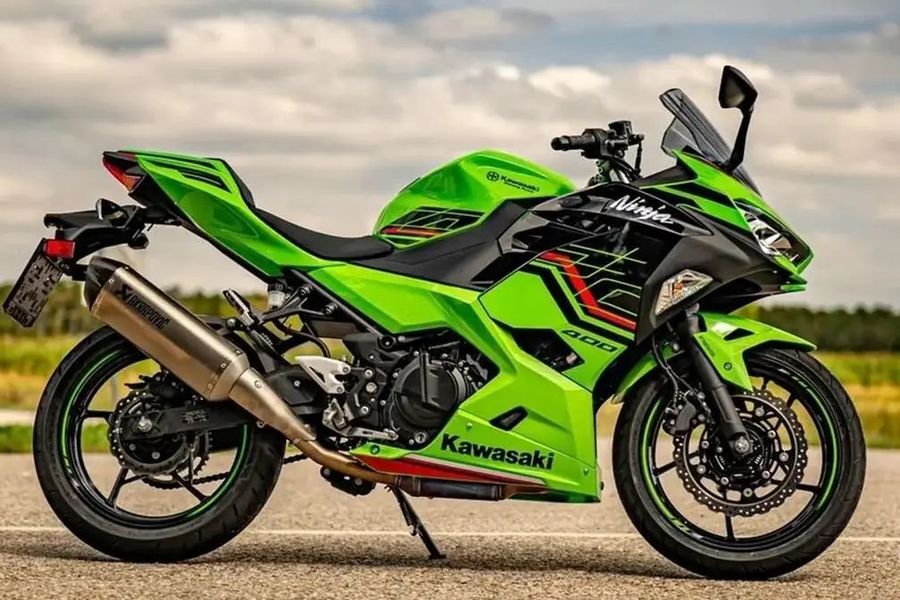
Pick spots for better visibility
Where you ride in your lane matters for safety. Picking the right spot helps other drivers see you clearly, especially in busy traffic. Here’s how to stay visible:
Ride in the middle of your lane at intersections. This makes it easier for turning cars to notice you and lowers the chance of accidents.
Don’t ride too close to the lane’s edge. Drivers might think they can pass you closely, which could lead to sideswipes.
Change your position depending on traffic. Near big vehicles like trucks, stay where their mirrors can spot you.
By choosing smart positions, you’ll stay safer and show other drivers what you plan to do.
Tip: Always watch your surroundings and shift your position when needed. Being predictable helps others know your next move.
Adjust to traffic and road changes
Traffic and roads are always changing, so your lane position should change too. Studies show that being flexible improves safety and control.
Key Findings | What It Means |
|---|---|
Reversible lanes change direction with traffic flow | Helps you pick the best spot during busy times |
Keeps you steady and in control | |
Wide shoulders let you ride farther from the center | Gives you more space to move safely |
When riding, notice the road design and traffic patterns. For example, narrow lanes need you to stay centered, while wide shoulders give you more room. Adjusting to these changes keeps you safe and in control.
Pro Tip: Practice riding in different traffic situations to feel confident about changing your lane position.
Avoid Target Fixation
Train your eyes to focus on your intended path
Target fixation happens when you stare too long at an object, causing your motorcycle to drift toward it. This is a common mistake that leads to crashes, especially in tight turns or when avoiding obstacles. To stay safe, you need to train your eyes to focus on where you want to go instead of what you’re trying to avoid.
When approaching a turn, look past the curve instead of directly at it. This helps you steer smoothly and maintain control. Using your peripheral vision is also key. It lets you keep track of obstacles without losing sight of your intended path. Techniques like the Quiet Eye method can help. By locking your vision on a target while scanning the surroundings, you conserve mental energy and stay aware of your environment.
Tip: Practice looking ahead during every ride. The more you focus on your path, the easier it becomes to avoid distractions.
Practice scanning techniques for better awareness
Scanning the road is one of the best ways to avoid target fixation. Instead of staring at one spot, move your eyes regularly to take in the whole scene. This habit keeps you alert and ready for surprises like sudden lane changes or debris.
Here’s how scanning helps:
It improves your ability to spot hazards early.
It keeps your brain engaged, reducing the risk of tunnel vision.
It helps you react faster to unexpected situations.
To practice, start by dividing the road into sections. Look at the far distance, then check the middle ground, and finally scan the area closest to your motorcycle. Repeat this cycle every few seconds. Over time, this technique becomes second nature.
Pro Tip: Combine scanning with the habit of "look where you want to go." This keeps your focus sharp while ensuring you stay on your intended path.
Improve Riding Posture

Keep a light grip and stay aligned
How you hold the handlebars affects how well you ride. A loose grip helps you steer easily and avoids hand strain. Gripping too tightly makes movements stiff and harder to control. Use your body weight to guide the bike instead of relying only on your hands. This helps with sharp turns and sudden changes.
Here are ways to keep a light grip:
Steer using your body, not just the handlebars. This makes turning smoother.
Stay balanced by keeping your weight centered. This helps when the bike leans.
Don’t squeeze the handlebars too hard. A gentle grip gives better control and less tiredness.
Practice these tips to feel more in control, especially on long rides or tricky roads.
Stay comfortable with good posture
Riding for a long time can be tiring, but sitting correctly helps. A good posture reduces muscle strain and keeps you comfy. Adjust your seat and handlebars to fit your body. This keeps your back straight and stops aches.
Studies show lumbar support is helpful for long rides. It reduces back pain and keeps your spine healthy. Here’s how it helps:
Benefit | What It Does |
|---|---|
Makes riding more comfortable and easier to control. | |
Better spinal posture with lumbar support. | Keeps your back straight and reduces strain. |
Built-in massagers improve blood flow and reduce tiredness. | Makes riding longer distances less exhausting. |
A comfy setup helps you focus and ride better. When your body feels good, handling your bike becomes easier.
Tip: Stretch and rest during long rides. This keeps your muscles relaxed and ready to ride again.
Be Ready for Changing Road Conditions
Spot dangers like gravel or wet surfaces
Roads can change fast, so always stay alert. Loose gravel, wet spots, or bumpy pavement can make your motorcycle slip. These are especially risky on curves where skidding is common. Roads with potholes or cracks can also mess up your balance.
To stay safe, keep scanning the road ahead. Look for shiny areas that might mean water or oil. Watch for gravel near construction sites or country roads. If you see a danger, slow down and move to avoid it. Riding carefully helps you handle these tricky spots better.
Motorcycles are more affected by bad surfaces than cars. Even small bumps can cause skids.
Gravel and slippery roads make it easier to lose control, especially in turns.
Tip: Practice riding over small bumps in a safe area. This builds your skills for real-life road challenges.
Train for different weather conditions
Weather changes how your motorcycle rides. Rain makes roads slippery, and wind can push your bike. Hot weather can make you tired faster. Practicing in different weather helps you get ready for anything.
Start with light rain or gentle wind. Use smooth throttle control and brake softly. Avoid sudden moves, as they can make your bike unstable. In rain, leave extra space between you and other vehicles to stop safely.
Careful riding lowers crash risks caused by bad weather or careless drivers.
Riders who take safety classes handle weather problems better.
Pro Tip: Check the weather before riding. Wear gear like waterproof jackets or gloves to stay dry and focused.
Develop Defensive Riding Habits
Defensive riding is a smart way to stay safe. It means watching your surroundings and being ready for surprises. These habits lower risks and make you feel confident while riding your motorcycle.
Watch for other drivers’ moves
You can’t control others, but you can guess their actions. Look for signals, brake lights, or drifting cars. A drifting car might mean the driver is distracted. Spotting these signs early helps you react in time.
Learning to notice dangers makes a big difference. Studies show riders who practice spotting hazards react faster. They also avoid more accidents by predicting risky situations. For example:
Trained riders reacted quicker during practice sessions.
These riders got better at avoiding crashes over time.
By staying alert and practicing, you’ll ride safer and feel more confident.
Keep space and plan escape routes
Always keep a safe distance from other vehicles. This gives you time to react if something happens. A good rule is to stay two seconds behind the car ahead. In bad weather, leave even more space.
Think about escape routes while riding. Plan where to go if a car stops suddenly. Studies show planning escape routes reduces injuries in emergencies. For example:
Knowing escape paths lowers damage during sudden stops.
Being aware of open spaces helps you avoid accidents.
Practice scanning for open areas while riding. This prepares you to act quickly when needed.
Tip: Check mirrors and blind spots often. This keeps you aware of nearby cars and escape options.
Invest in Advanced Motorcycle Riding Skills Training
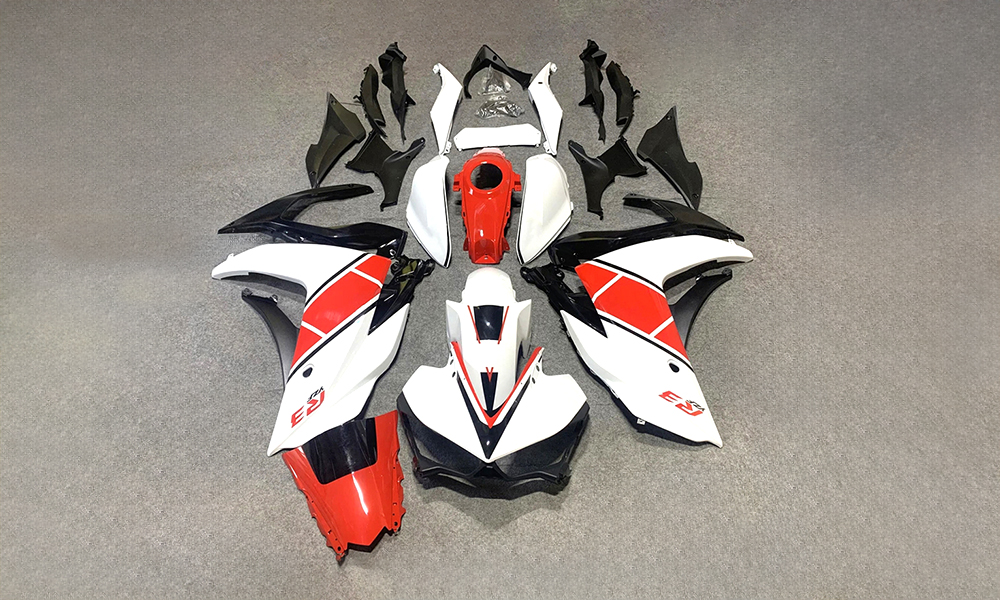
Join classes for better riding techniques
Taking advanced motorcycle classes is a smart way to improve. These lessons give you step-by-step help and real practice. You’ll learn how to handle busy traffic, bad weather, and make safer choices while riding.
People who finish these classes often feel more confident. Practicing in a safe place helps you remember emergency moves. This way, you can react quickly when needed. You’ll also get better at spotting dangers early, which helps avoid accidents.
Many lessons teach smooth braking and better turning skills. With expert teachers guiding you, you’ll form good habits that last a long time. These skills will make your riding safer and more enjoyable.
Tip: Pick classes with track days. Tracks let you practice braking and turning safely without worrying about traffic.
Try trail braking and off-road riding
Trail braking and off-road riding are advanced skills to learn. Trail braking means using brakes lightly while turning. This helps you control speed and stay steady in tight or tricky turns.
Off-road riding teaches you to ride on dirt, gravel, or mud. It helps you handle uneven ground and sudden changes in balance. This makes you a stronger and more flexible rider.
Studies show that learning these skills takes practice and focus. Advanced classes with skilled teachers are the best way to learn. You’ll understand how tires work on different surfaces and improve braking before turns.
Pro Tip: Start with easy off-road trails. Slowly try harder ones as you gain confidence and control.
Regularly Inspect Your Motorcycle
Check tires, brakes, and fluids before every ride
Always inspect your motorcycle before riding. Spend a few minutes checking the tires, brakes, and fluids. Tires are very important since they touch the road. Look for cracks, uneven wear, or low air pressure. Properly inflated tires make riding smoother and prevent blowouts.
Brakes are just as critical. Test them to ensure they work well. Worn brake pads or low brake fluid can cause accidents. Fluids like oil and coolant also need checking. Dirty or low fluids can damage the engine and lower performance.
Tip: Make checking these parts a habit. It takes little time but keeps you safe and avoids costly repairs.
Keep your bike in top condition for safety
Daily checks are not enough. Regular maintenance finds small problems before they get worse. For example, yearly inspections can spot hidden issues like chain wear or suspension problems.
Why are regular inspections important?
They stop accidents caused by bad brakes or tires.
They keep your motorcycle running smoothly.
Your bike has eight key systems that need care. Checking these systems lowers the chance of accidents. Preventive maintenance, like checking fluids, can reduce breakdowns by 25% each year.
Pro Tip: Get a professional tune-up once a year. A well-maintained bike is safer and more enjoyable to ride.
Getting better at riding a motorcycle isn’t just about safety—it’s also about having more fun on every ride. Practicing important skills often helps you feel confident and deal with challenges easily. Skills like slow-speed riding and braking can really improve how you handle your bike.
In 2025, riders are focusing more on improving their abilities and experiences. For instance, 74% of riders plan to go on trips, and 50% want to buy better gear. These choices show how much riders care about making their rides better.
Take time to practice, learn, and grow your skills. With effort, you’ll stay safe and turn every ride into an exciting adventure to remember.
FAQ
How can I safely practice motorcycle skills?
Use an empty parking lot or a quiet street. Try drills like tight turns, sudden stops, and slow riding. Practicing often helps you feel more confident and in control. 🏍️
How regularly should I check my motorcycle?
Inspect your bike before every ride. Look at the tires, brakes, and fluids. Keeping up with maintenance makes your motorcycle safer and avoids surprises.
Tip: Get a professional check-up once a year for the best results.
Should experienced riders take advanced courses?
Absolutely! Advanced classes teach skills like braking during turns and riding off-road. Even skilled riders can learn new ways to handle today’s challenges better.
See Also
Tips for Ensuring Safety During Your Initial Motorcycle Journey
Key Guidelines for Creating Your Ideal Motorcycle Experience
Top Six Stylish Motorcycles for New Riders This Year
Important Safety Advice for Riders Using Motorcycle Fairings
Anticipated Highlights of the Upcoming 2025 Motorcycle Racing Season
